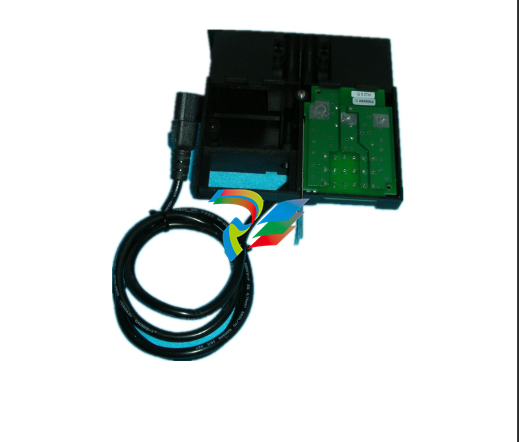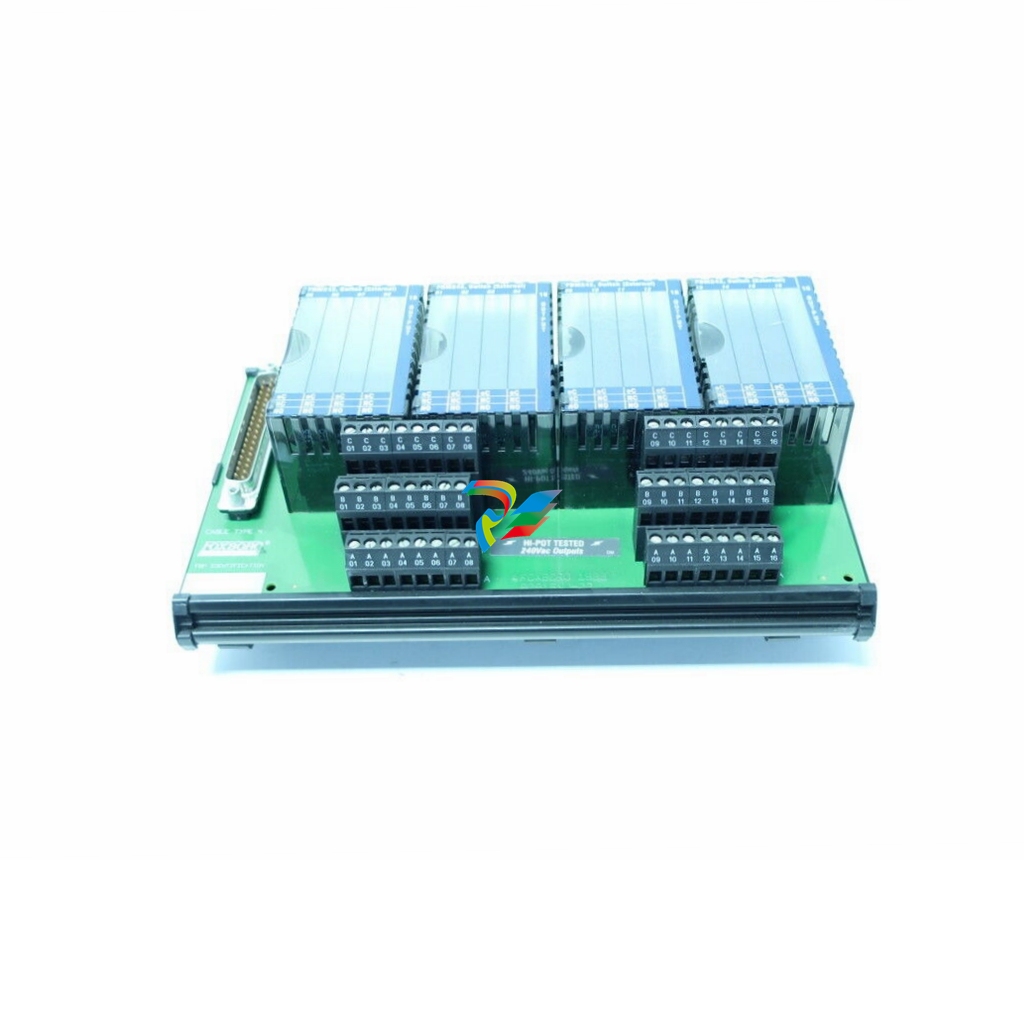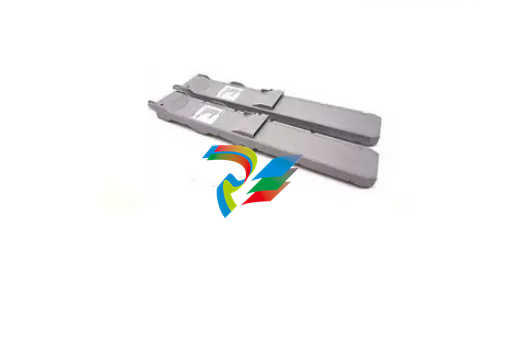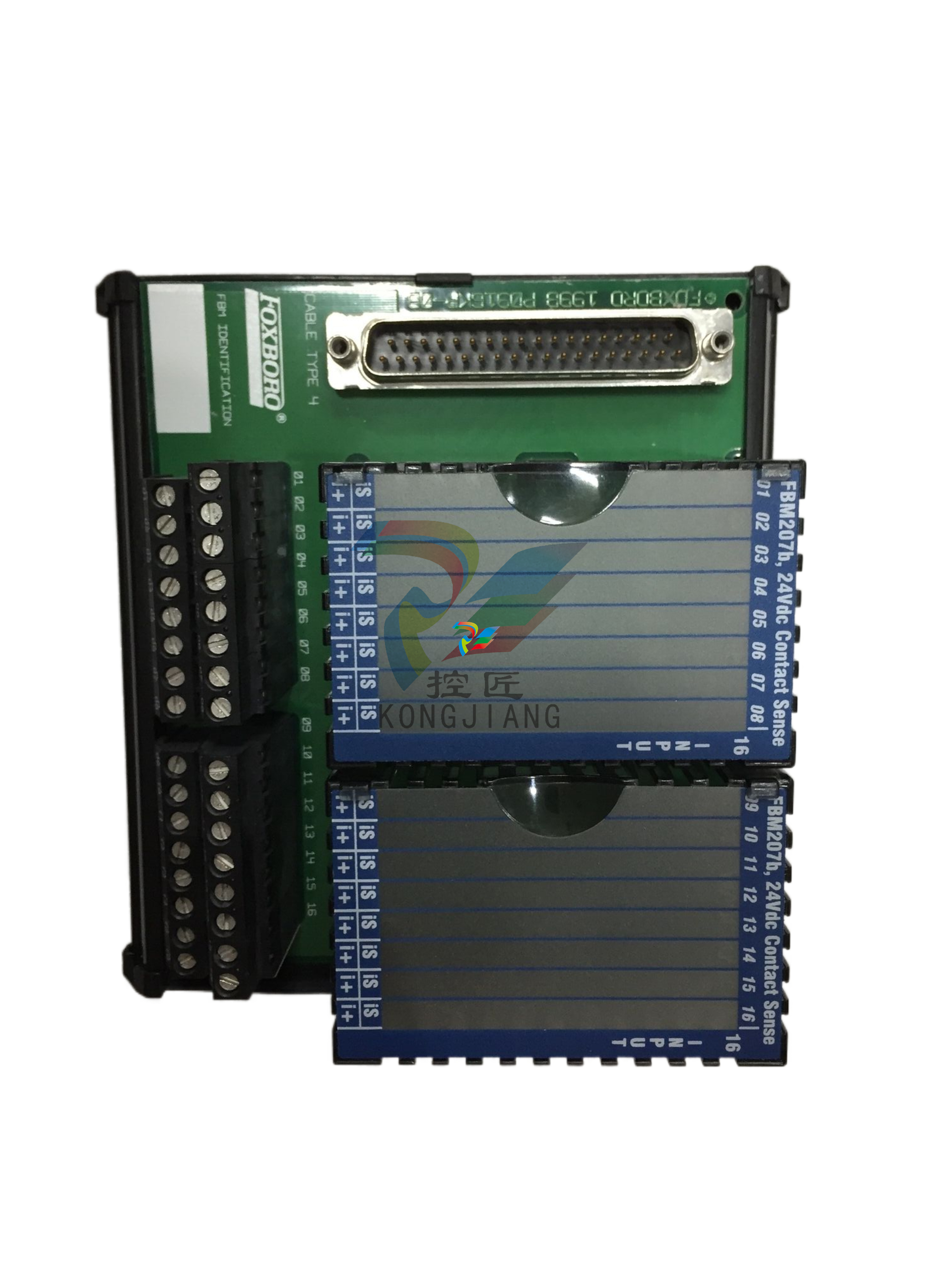Feeding astronauts during extended space missions is a growing challenge as NASA sets its sights on journeys to the Moon, Mars, and beyond. As such, the agency is constantly pushing the boundaries of food technology.
In this article, we dive into how NASA keeps its astronauts fed on missions and the possible future of space cuisine.
What Do Astronauts Eat in Space?
Astronauts today primarily rely on shelf-stable, pre-packaged meals that are freeze-dried or thermally processed for long shelf life. These meals include a variety of foods such as pasta, fruit, and meat, often rehydrated before consumption.
While these options keep astronauts fed, the lack of fresh ingredients can affect nutrition and morale on longer missions, posing a significant challenge for deep-space exploration.
The Deep Space Food Challenge: Solutions for Astronauts
The NASA Deep Space Food Challenge encourages innovators to devise sustainable methods for growing food in space. Promising solutions include cultivating plants in compact space greenhouses and developing 3D-printed meals from algae or cell cultures.
These ideas aim to create diverse, fresh food sources that will not only improve astronaut nutrition but also support mental well-being during extended space missions.
Can Astronauts Grow Their Own Food in Space?
NASA has made significant progress in space farming, a key element for long-term space missions. Using systems like Veggie on the International Space Station, astronauts have grown crops such as lettuce and radishes. These efforts not only provide fresh food but also support psychological well-being during long journeys. As space farming technologies advance, astronauts may rely on these systems for sustainable food production on missions to the Moon and Mars, complementing pre-packaged meals with fresh, nutritious produce.
Feeding astronauts on future deep-space missions will likely require a combination of existing pre-packaged meal products and innovative new technologies. As NASA continues to push boundaries, these solutions will ensure astronauts can thrive as we continue to explore the deep reaches of space.
Image Credit: Shutterstock.com / Gorodenkoff

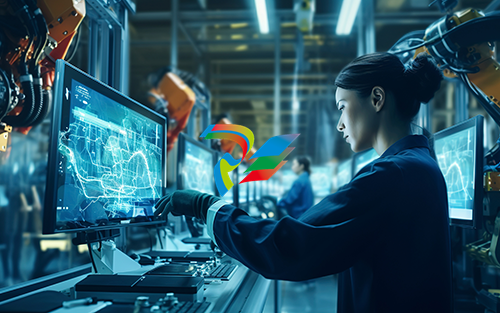

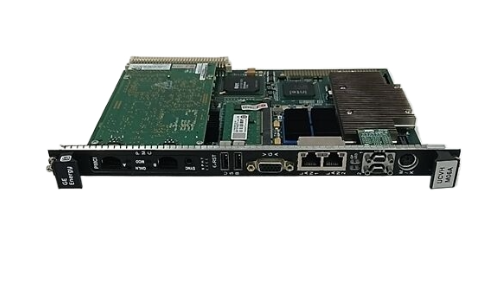
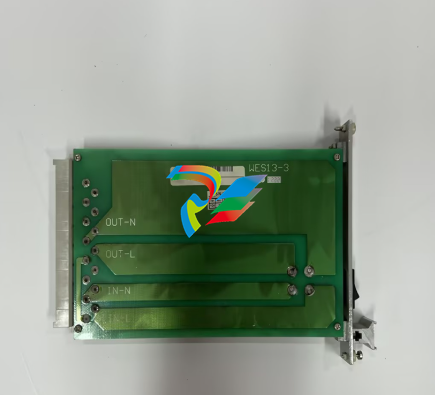
.jpg)

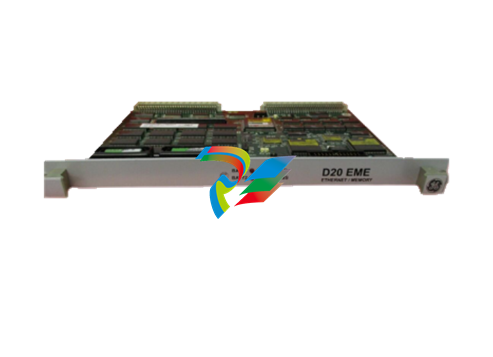
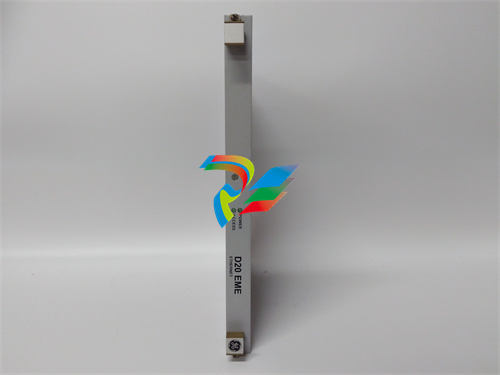
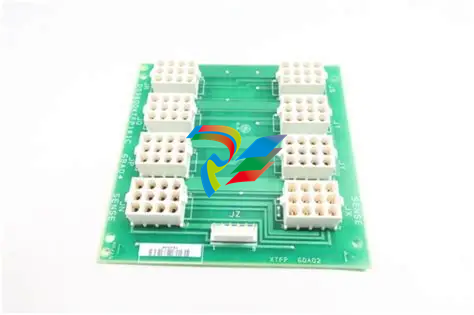












































.jpg)
.jpg)





.jpg)



.png)
.jpg)

.jpg)
_lVjBYb.jpg)

.jpg)
.jpg)



.jpg)
.jpg)







.jpg)

.jpg)
.jpg)











.jpg)




.jpg)
.jpg)
.jpg)
.jpg)
.jpg)
.jpg)
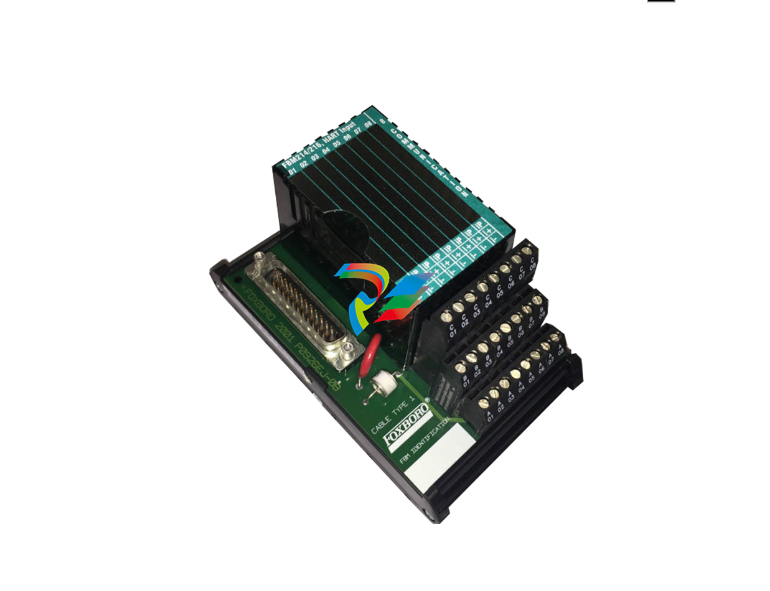
.jpg)
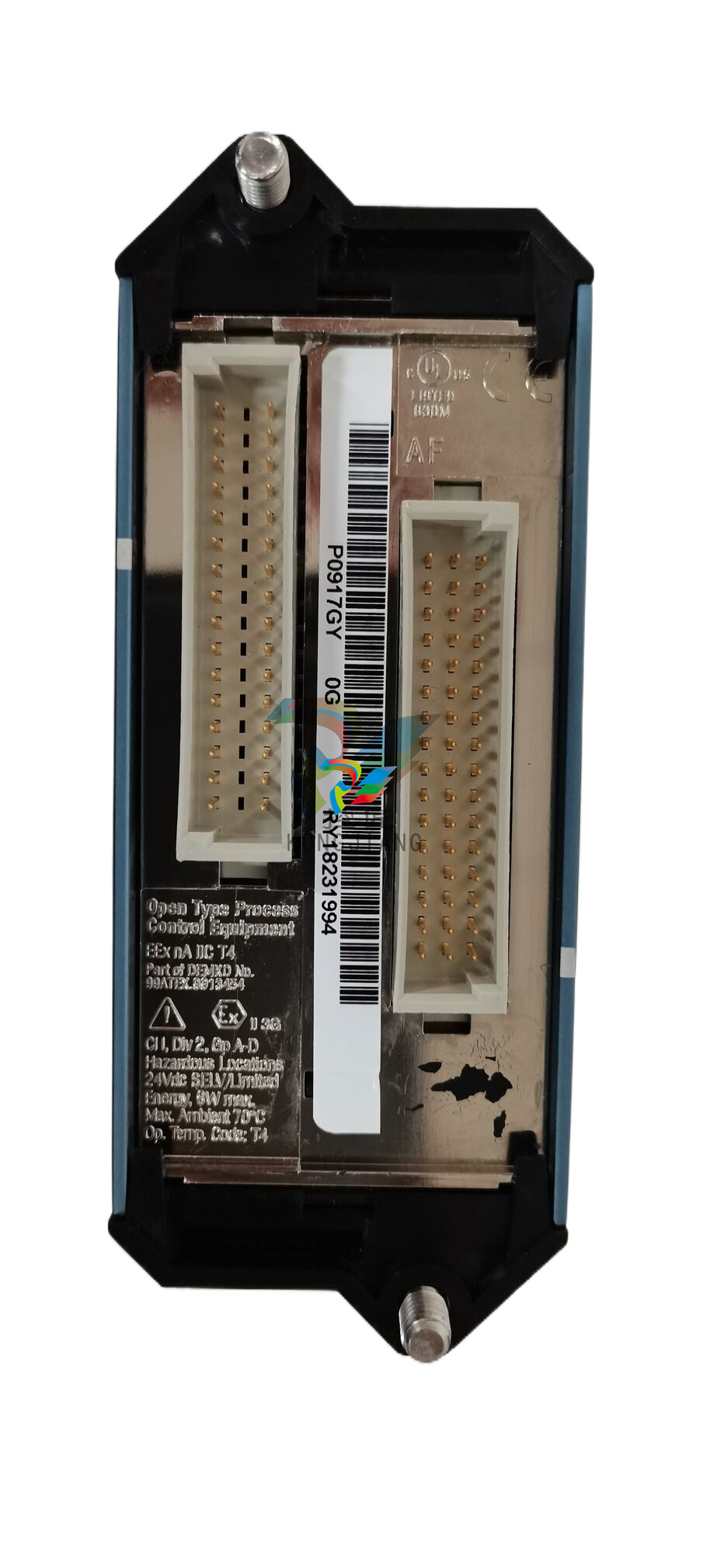
.jpg)
.jpg)
.jpg)

